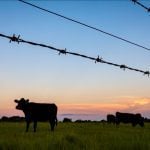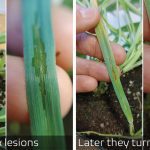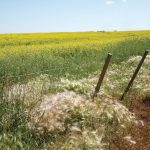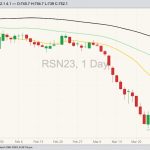
Canola

Tools to reach 52 bushels per acre canola in 2023
Focus on and execute these five agronomy priorities to increase overall yields and profitability

Phosphorus fertility studies reveal best placement
Proper placement of phosphorus fertilizer is crucial to meet the nutritional needs of plants

Canola short position finally subsiding
CBOT wheat, corn also net short

Five tips for managing bacterial leaf streak
Currently no seed treatments or in-crop disease control options exist. Understanding the disease is critical to managing it

Herbicide-resistant weed update for Saskatchewan
Your biggest herbicide-resistant weed threats for 2023 based on the latest survey results

ICE weekly outlook: Not a matter of when, but where canola peaks
Prevailing trend remains downward

How to reduce canola combine losses
A recent PAMI study shows canola combine grain losses can be significant. Here’s what you can do

Use multiple strategies to control weeds in your crops
Rising herbicide resistance means it’s time to broaden your weed control arsenal with chemical, mechanical and non-chemical methods

Green-on-green tech prepares for airborne launch
A Saskatchewan-based startup is testing precision drone spraying on the Prairies this spring, but there’s no word yet on a regulatory framework to allow full commercialization

Canola fund short position still rising
Managed money net long in soybeans


